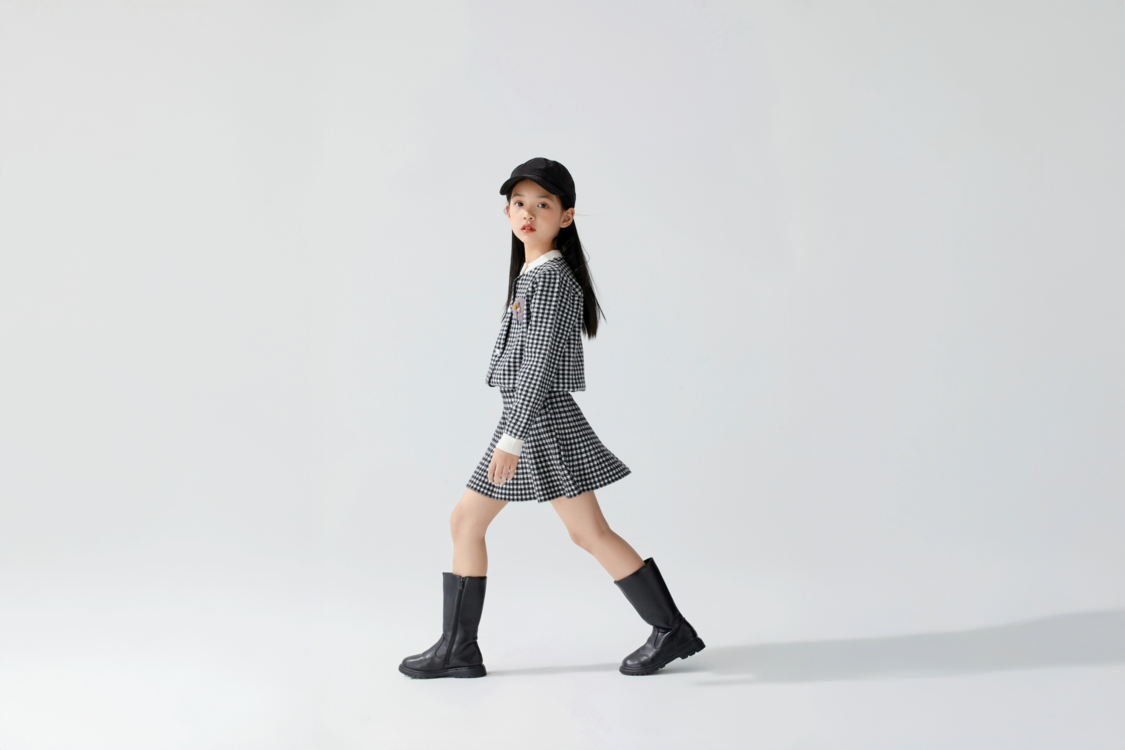May 2025
Pattern Making: The Starting Point for Perfect-Fit Fashion
Ester Bazzanella

Every great piece of clothing starts the same way: as a pattern.
A pattern is a 2D template that is used to cut pieces of fabric and sew them together to make 3D garments.
It’s the foundation of fashion design. Whether you’re building a handmade jacket or producing thousands of shirts, pattern making is where it all begins.
Let’s break down what pattern making is, the main techniques out there, and how going digital can transform your results.
What is pattern making?
At its core, pattern making is translating a clothing design into a flat template that can be cut and sewn into a three-dimensional garment. Think of it like an architectural blueprint before construction begins.
Clothing patterns can be basic or complex. They might include blocks (basic templates for tops, pants, dresses, etc.), modifications for style elements (like ruffles, pleats, or pockets), or full garment constructions.
These patterns serve as a guide for fabric cutting and sewing. A well-made pattern ensures the final piece looks, fits, and functions exactly as it should. Clothing patterns can be basic or complex. They might include blocks (basic templates for tops, pants, dresses, etc.), modifications for style elements (like ruffles, pleats, or pockets), or full garment constructions.
Once a base pattern is created, it can be scaled up or down to fit different sizes—a process known as grading.
Digital Pattern Making
Traditionally, pattern making involved drawing patterns on paper and cutting them out. A lot of designers still do things by hand this way, but increasingly, more and more brands are turning to digital pattern making. This modern approach uses software to design, grade, and modify patterns entirely on-screen.
Digital pattern making tools bring precision and speed to every step. They also integrate with 3D modeling and virtual sampling, to give fashion teams a major edge in today’s fast-moving market.
4 Pattern-Making Techniques for You to Learn
Whether you’re new to the world of pattern making or brushing up on the basics, there are a few main techniques you’ll want to learns. Each serves a different purpose and suits different types of production.
1. Flat Pattern Making
Flat pattern making starts with a basic block and builds from there. You manipulate the block by adding darts, altering seams, or shifting design lines. It’s widely used in both industrial and small-scale production for its accuracy and repeatability.
2. Draping
Draping is all about working with fabric directly on a mannequin or dress form. Designers pin, fold, and shape the material to bring their vision to life. It’s more intuitive and hands-on than flat pattern making, and it’s great for creating complex or asymmetrical designs.
3. Drafting
Drafting uses body measurements and a set of mathematical formulas to create patterns from scratch. It’s highly technical and often used for custom clothing or made-to-measure pieces.
4. Digital Pattern Making
As mentioned earlier, this is the modern evolution of all three techniques. Digital tools allow you to draft and drape virtually. You can manipulate patterns more precisely, with less waste, and faster turnaround. It’s revolutionizing how fashion is made, especially for e-commerce brands looking to scale.
Industrial Production vs. Custom-Made: What’s the Difference?
The approach to pattern making varies drastically depending on whether you’re making a custom one-off piece or mass-producing a clothing line.
Custom-made garments rely on drafting or draping techniques tailored to one specific body. Precision is everything, but production is slow and labor-intensive.
Industrial production, meanwhile, uses standardized blocks and digital tools to create consistent, repeatable patterns across many sizes. This lends itself to a faster and more scalable process. Since patterns are repeatable across, there’s also a much lower error margin.
The Advantages of Digital Pattern Making
Shifting to digital isn’t just about keeping up with trends. It’s about making your process smarter. Digital pattern making is also faster and more sustainable.
Here’s why digital pattern making is worth the investment:
1. Faster Development
Need to make a change to a hemline or test a new neckline?
Digital platforms allow for real-time edits. You can fast iterations and quick adaptations on the fly without having to retrace or cut anything. That means you can test more styles in less time—without going back to the drawing board (literally).
2. Reduction of Errors
Mistakes on a paper pattern can go unnoticed until it’s too late. Digital tools flag inconsistencies, misalignments, and grading issues before production begins. Fewer errors mean fewer remakes, and that saves money.
3. Saving Time and Materials
Digital pattern making cuts sampling time drastically. Instead of creating physical samples for every style or size, you can preview them virtually or with 3D prototyping. You’ll use less fabric and reduce waste.
4. Integration with Other Stages of Production
Today’s digital patterns can be linked to 3D modeling, fabric simulation, and even cutting machines. With the right software ecosystem, your design process becomes a seamless pipeline from sketch to shelf.
And when paired with a size recommendation solution like Sizebay, you can ensure that every size you produce is aligned with your customers’ real needs, reducing returns and improving fit satisfaction.
5. Sustainability
More accuracy means less waste. By eliminating unnecessary samples, fabric overages, and production errors, digital pattern making helps brands make smarter use of resources. It’s a step forward in sustainable fashion without sacrificing style or speed.
Optimize Your Results with Efficient Pattern Making and the Right Choice of Sizes
Let’s face it: no matter how beautifully you design a garment, if it doesn’t fit, customers won’t wear it. Efficient pattern making lays the foundation, but choosing the right size strategy brings it all home.
Here’s how to get it right:
- Start with accurate data: Know who your customers are, what their bodies are like, and how they move. Use that data to create patterns that actually reflect real people and not outdated size charts.
- Use smart grading: Make sure your grading process accounts for proportional changes. Don’t expect arbitrary size jumps to work for your customers.
- Implement virtual fit tools: With tools like Size & Fit, shoppers can find the right size confidently and quickly, and your team can refine production accordingly.
- Close the loop: Analyze reasons for returns, fit feedback, and sales data. Use those insights to continuously improve your patterns and size range.
When you align your patterns with real customer bodies and behaviors, you create pieces that will have your customers loyal to you for a lifetime.
Where It All Begins
Pattern making is the first step in designing beautiful garments. From the cut of the collar to the drape of the hem, everything your customers experience starts with a pattern. Pattern making is an opportunity to express your creativity and bring your vision to life.
In this article, we talked about how fashion pattern making can be done digitally. Digital pattern-making tools are just one type of tech that is revolutionizing the fashion industry. If you’d like to learn more about other technologies shaping the future of fashion, be sure to check out our article all about fashion tech.







